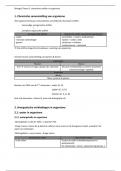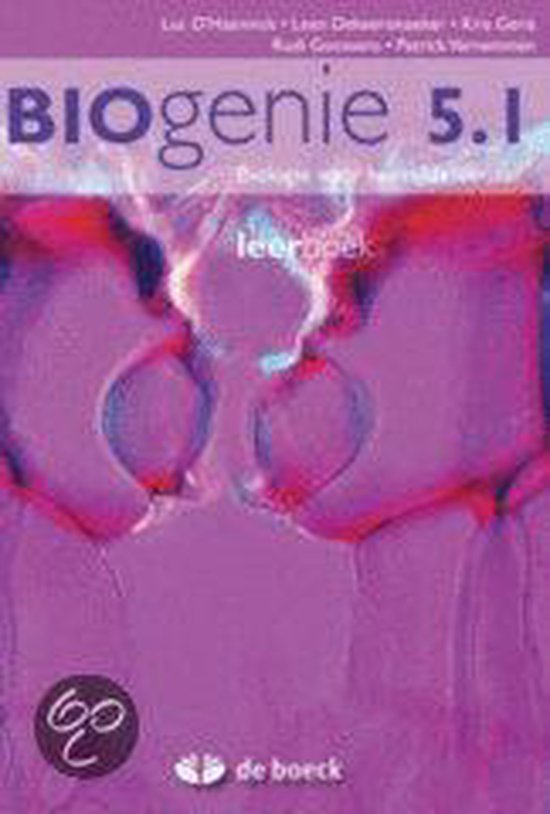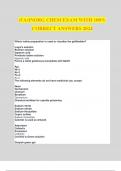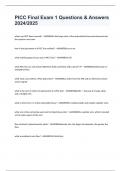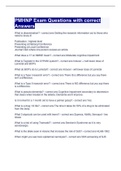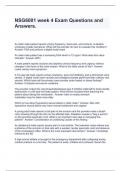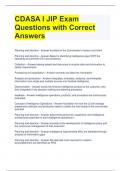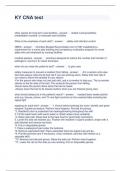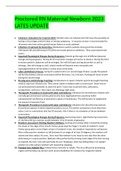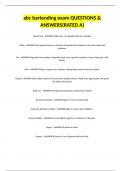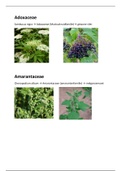Summary
Samenvatting Biologie Thema 2: chemische stoffen in organisme
- Course
- Institution
- Book
in dit document zal thema 2 van biologie weergegeven worden. Hierbij worden de volgende hoofdstukken behandelt: 1. Chemische samenstelling van organisme 2. Anorganische verbindingen in organisme 2.1. water in organisme 2.1.1 watergehalte in organisme 2.1.2. Functies van water in organisme ...
[Show more]
